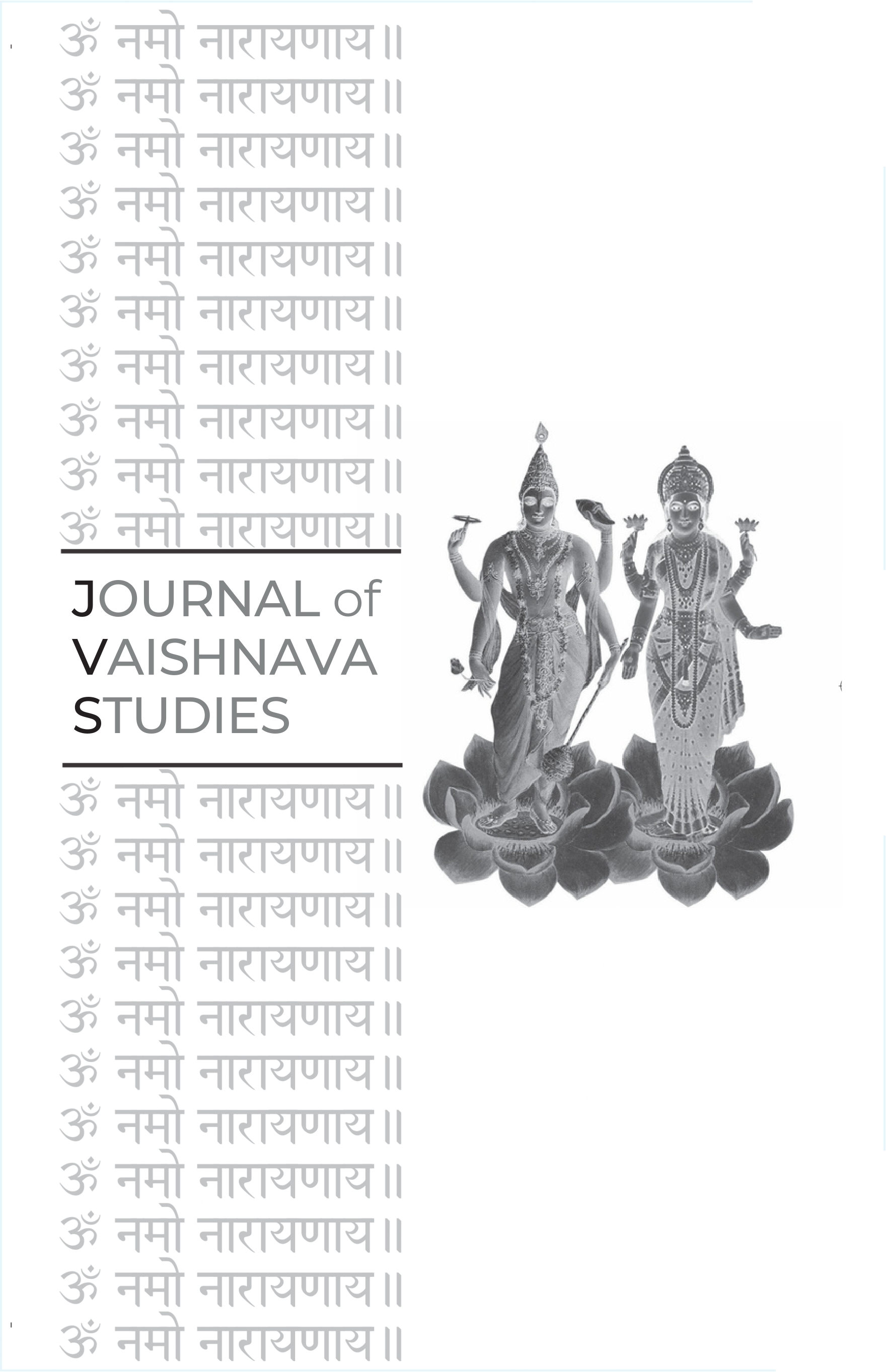Śrī Chaitanya at Ratha-yātrā
Keywords:
Śrī Chaitanya, Ratha-yātrā, viraha-bhakti, Caitanya-caritāmṛta, Jagannātha, Vrajendra-nandana, rasa-theology, līlā, ecstatic devotion, Gauḍīya VaiṣṇavismAbstract
Ravīndra Svarūpa Dāsa’s essay offers a devotional-theological meditation on Śrī Chaitanya Mahāprabhu’s participation in the annual Ratha-yātrā festival in Purī, presenting it not merely as a historical episode but as a profound enactment of Gauḍīya Vaiṣṇava metaphysics and affective theology. Drawing primarily from the Caitanya-caritāmṛta, the article interprets Chaitanya’s dance before Lord Jagannātha’s chariot as a living allegory of viraha-bhakti (devotion in separation), where Mahāprabhu embodies Rādhā’s love-longing for Kṛṣṇa. Dāsa explores how Chaitanya’s ecstatic mood reconfigures the festival as a divine drama, wherein Jagannātha is seen not as a tribal or imperial deity, but as Vrajendra-nandana (the youthful Kṛṣṇa of Vṛndāvana) returning to the gopīs and Rādhā. The essay articulates the inner theological shift whereby Gauḍīya devotees “see” Jagannātha through Chaitanya’s eyes and bhāva, transforming public ritual into intimate rasa-experience. Svarūpa Dāsa ultimately argues that Chaitanya’s presence re-theologizes Ratha-yātrā as a sacred re-entry into the eternal līlā, where history and eternity merge in the rhythm of the Lord’s cart wheels and the tears of His lovers.Published
2008-12-13
Issue
Section
Articles





